With the development of digital technology, 3D printing technology has been widely applied in the design and production of orthotic insoles. Foot scanners and insole carving machines, as key devices, have greatly improved the accuracy and efficiency of insole manufacturing. This article will detail the important roles of foot scanners and insole carving machines in the production of orthotic insoles from three aspects: equipment principles, operation processes, and application scenarios.
1. Equipment Principles
Foot Scanner Principle
The foot scanner is a non-contact foot measurement device whose core technologies include optical scanning and data modeling. Using optical projection and high-resolution cameras, the foot scanner can quickly capture the geometric shape of the foot and generate a 3D foot model. These models contain information such as foot length, foot width, arch height, and foot contours, providing reliable data support for the personalized design of insoles.
Insole Carving Machine Principle
The insole carving machine utilizes CNC (Computer Numerical Control) processing technology to precisely cut and polish insole materials based on pre-designed 3D models. The device reads the 3D design data and controls the movement trajectory and cutting depth of the carving tool to achieve customized insoles. The carving machine supports processing various materials, such as EVA and PU, ensuring the finished product has excellent comfort and durability.
2. Operation Process
Foot Data Collection
The first step in making orthotic insoles is collecting foot data using the foot scanner. The person being tested should remove their shoes and socks, maintain a natural standing or sitting posture, and place their feet in the scanning area. The scanner will complete the data collection in seconds and generate a 3D foot model. The operator must check the model for completeness and accuracy to ensure the base data for subsequent design is correct.
Orthotic Insole Design
The design phase usually involves professional orthotics software. Technicians adjust the shape, support areas, and thickness distribution of the insole based on the foot model and correction needs to address individual foot problems such as flat feet, high arches, or foot pronation. After the design is complete, the generated CAD file is imported into the carving machine for processing.
Insole Carving and Processing
After receiving the design file, the carving machine processes the insole material according to the instructions. The operator must first secure the material to ensure stability. Once the machine is started, the CNC system precisely controls the movement of the carving tool, removing excess material layer by layer to form an insole shape that matches the design. After processing, the insole is polished and cleaned to ensure smooth surfaces and neat edges.
Finished Product Inspection and Adjustment
Once the insole is processed, it needs to undergo a detailed inspection, including size accuracy, shape compatibility, and overall quality. If any details do not meet the design requirements, adjustments or reprocessing can be made to ensure the finished product meets usage needs.
3. Application Scenarios and Value
Orthopedic Treatment in the Medical Field
Foot scanners and insole carving machines play a significant role in orthopedic medicine. By accurately measuring and designing customized orthotic insoles, physicians can provide patients with conditions like flat feet, high arches, or other foot problems with personalized insoles, effectively alleviating foot discomfort, improving gait and posture. Additionally, these devices can assist in treating high-risk patients, such as those with diabetic feet, by distributing foot pressure to reduce the risk of ulcers.
Innovative Shoe Customization Design
Traditional insole manufacturing methods often rely on standard sizes, making it difficult to meet individual consumer needs. The combination of foot scanners and insole carving machines allows shoe manufacturers to quickly produce custom insoles that match the shape of consumers' feet. This personalized service not only enhances comfort but also increases consumer brand loyalty.
Sports Science and Performance Optimization
The structure of an athlete’s feet and gait characteristics have a significant impact on their performance. By using foot scanners to collect athletes’ foot data and utilizing the carving machine to produce custom insoles, the biomechanics of the footwear can be optimized. Customized insoles provide better foot support and cushioning, helping to improve athletic performance and reduce the risk of injury.
Digital Manufacturing and Big Data Analysis
The widespread use of foot scanners and insole carving machines is also driving the digital transformation of the footwear manufacturing industry. By accumulating long-term foot data, companies can conduct big data analysis, optimize shoe design standards, and provide more targeted product solutions for different regions or populations.
Foot scanners and insole carving machines, as core equipment for 3D printing orthotic insoles, demonstrate broad application value in the medical, sports science, and shoe customization fields with their high precision and efficiency. Adhering to operating specifications and equipment maintenance requirements not only improves production efficiency but also ensures product quality. In the future, with continuous technological advancements, these devices will play an even greater role in foot health management and personalized customization.

 +86-0755-86131192
+86-0755-86131192 2025-01-16
2025-01-16 Back to list
Back to list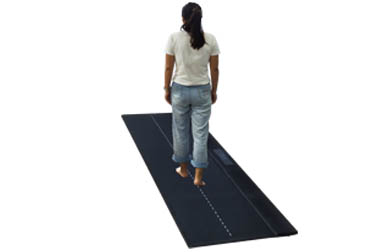
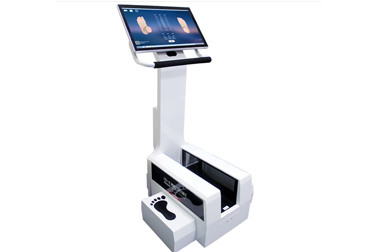
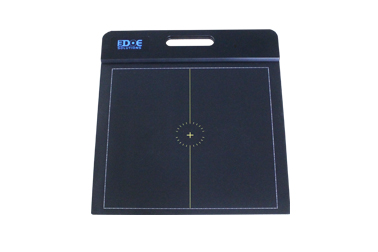
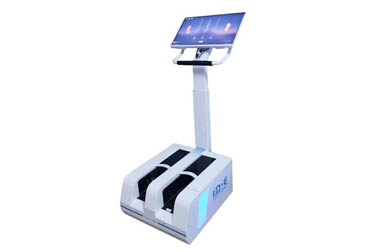
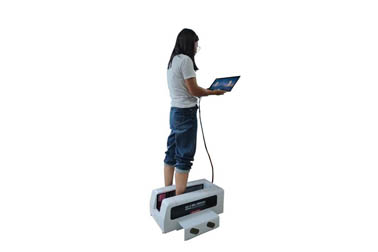



 +86-0755-86131192
+86-0755-86131192